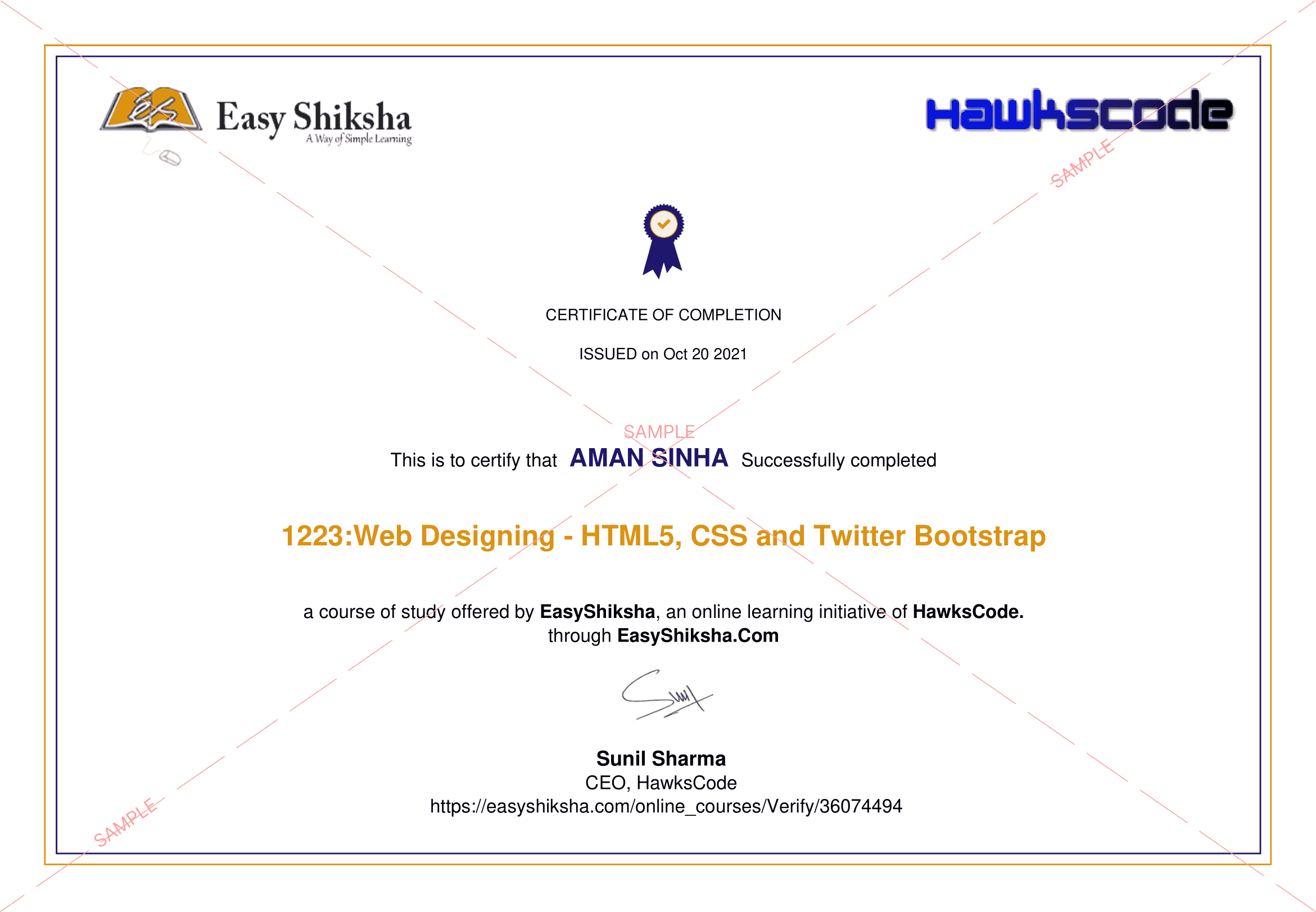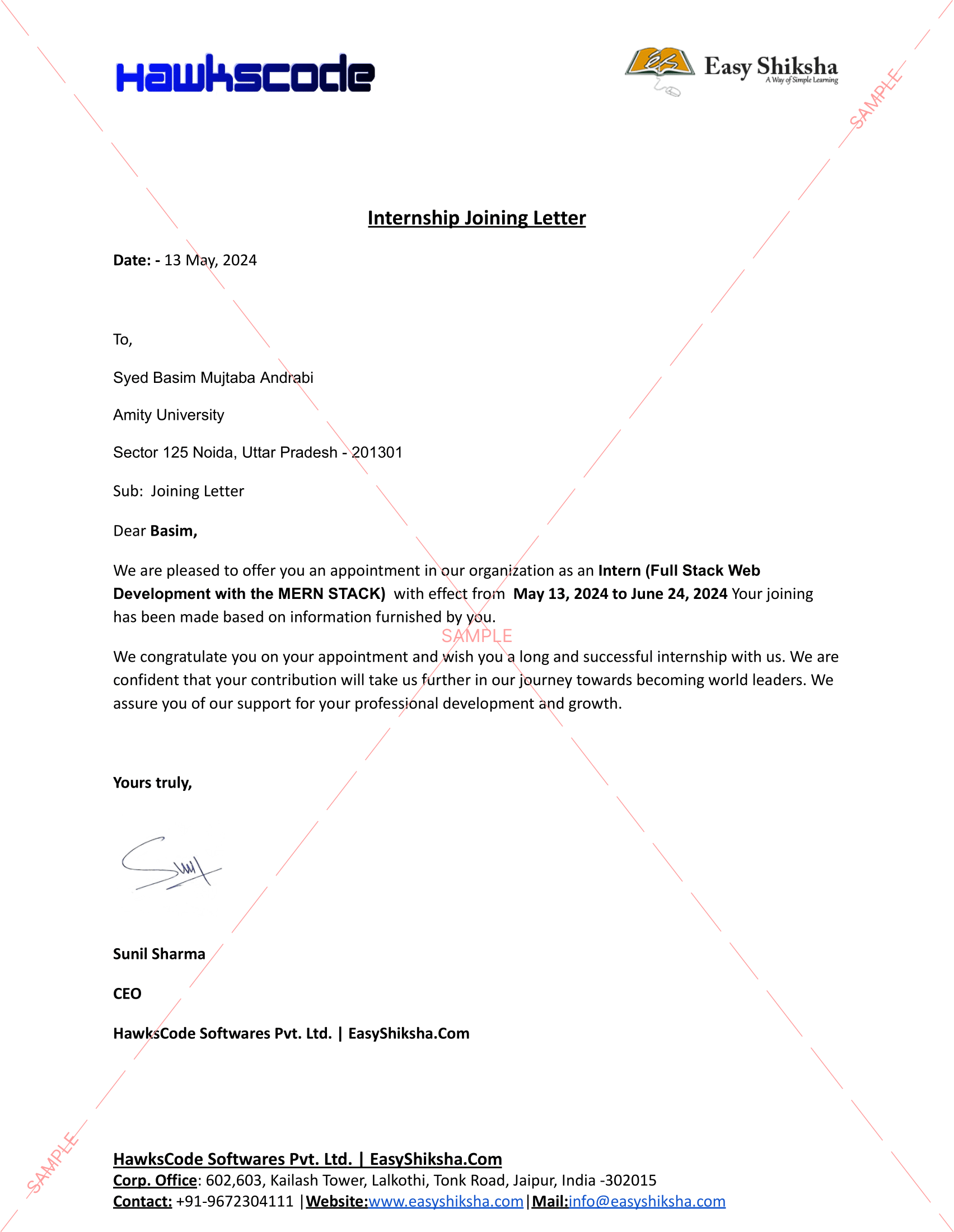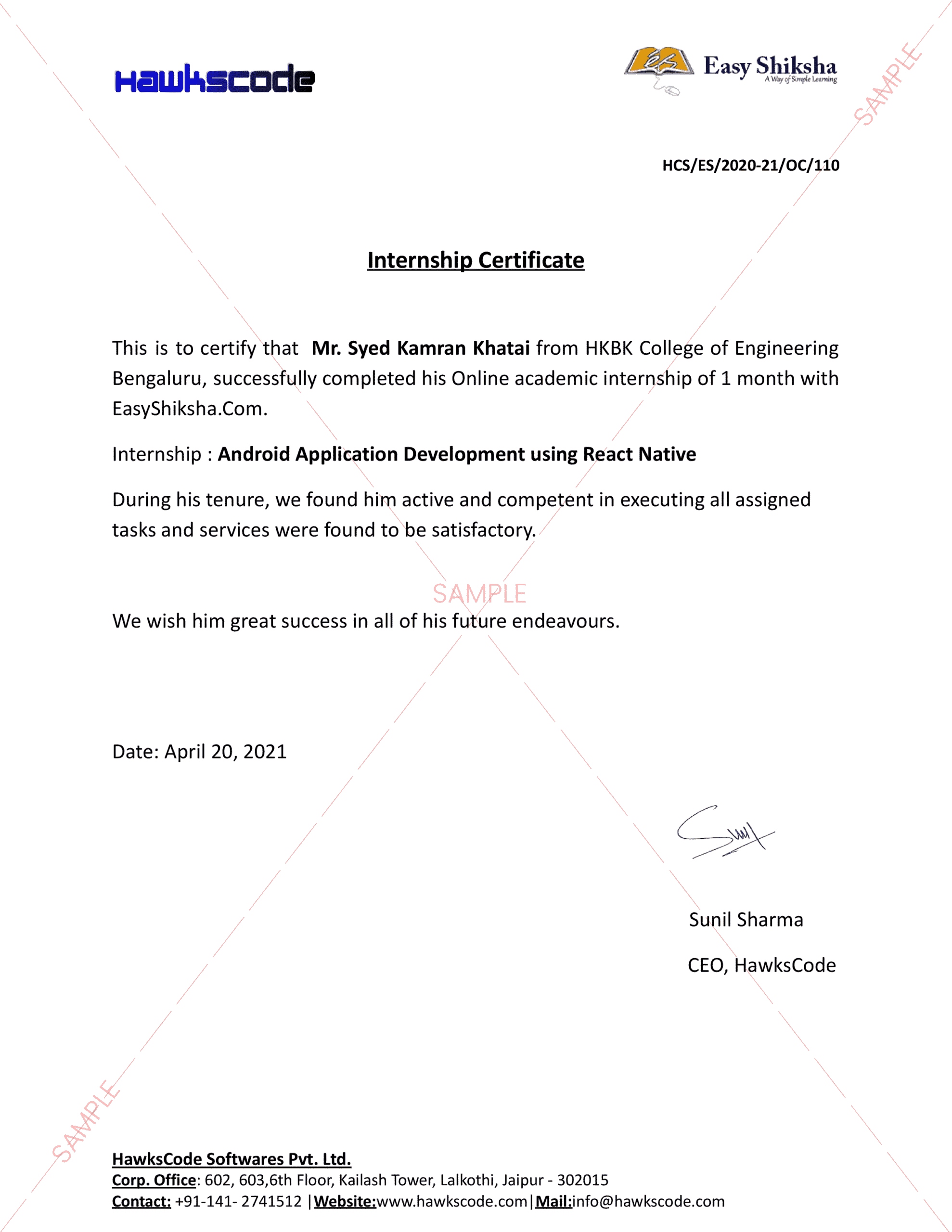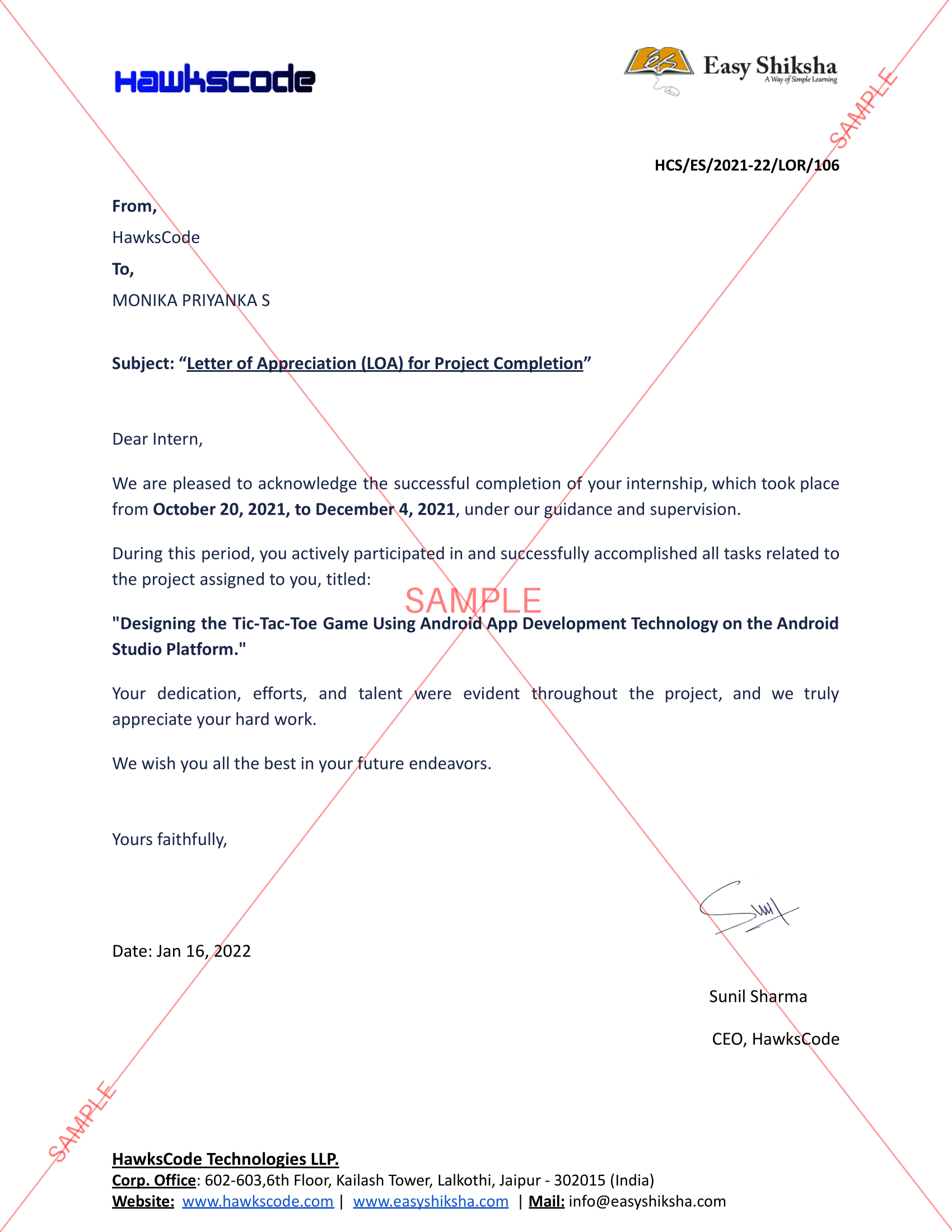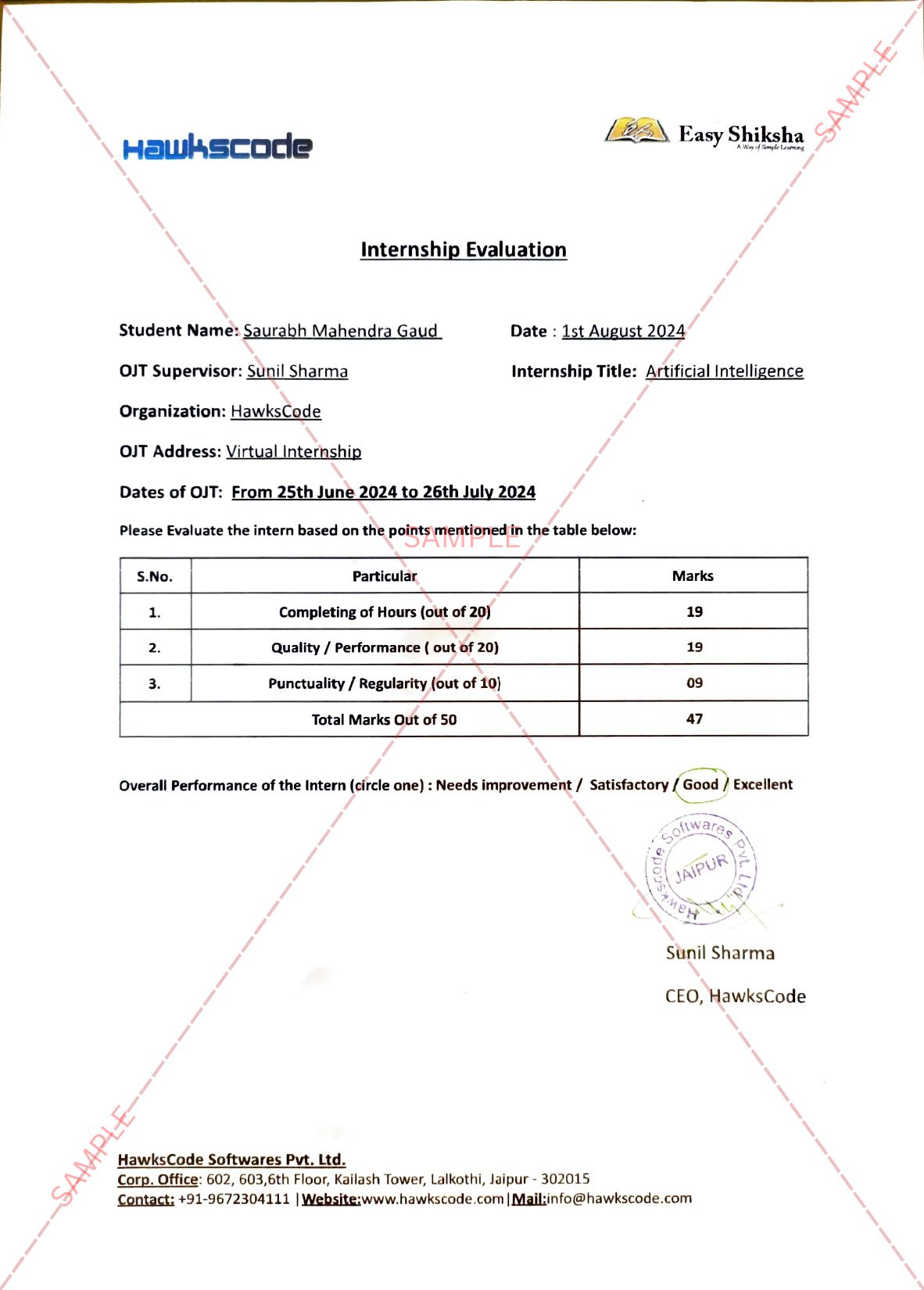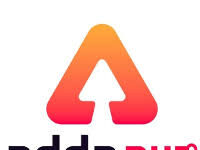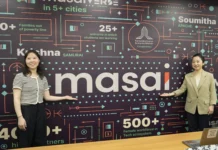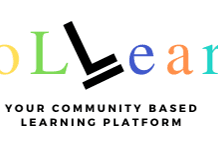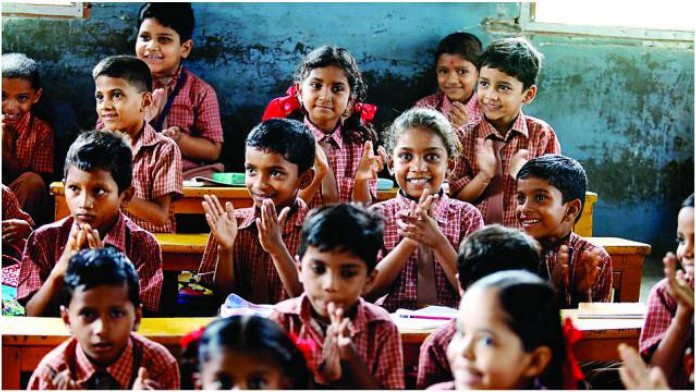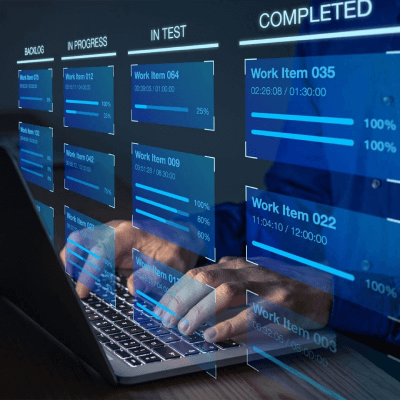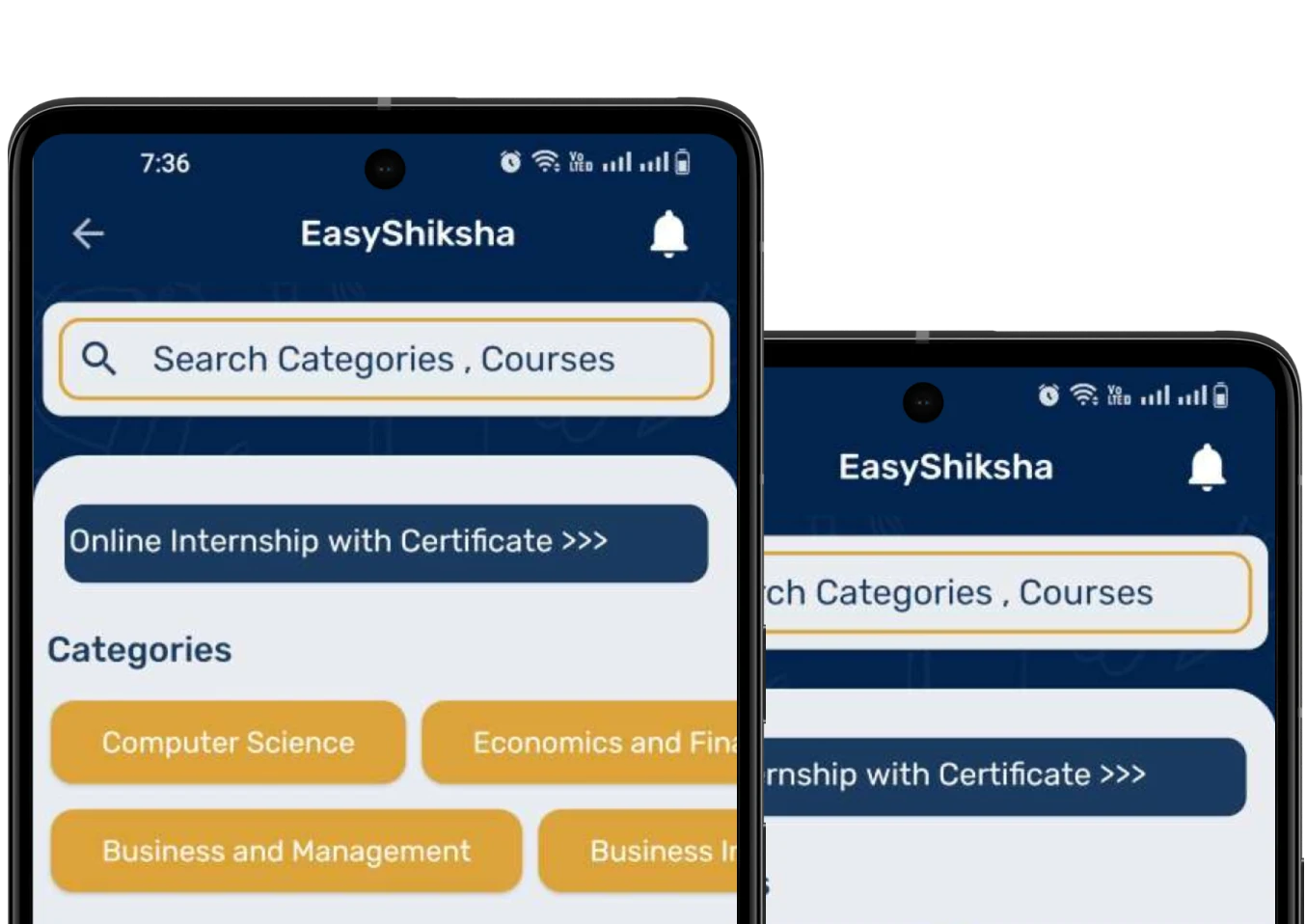Malaysia got its independence from the British in 1957 and is currently a middle income country with a population of around 34 Million. India got its independence a decade earlier and currently has a population of 1.2 Billion. However, Malaysia has five home grown universities listed in the QS Top 300 Global Universities Rankings while India has only one. Indian Education System Malaysia is also listed as the 12th most preferred education destination in the world by UNESCO and hosts more than 200,000 international students in comparison to the 35,000 international students who chose to study in India.

Important Announcement – EasyShiksha has now started Online Internship Program “Ab India Sikhega Ghar Se”
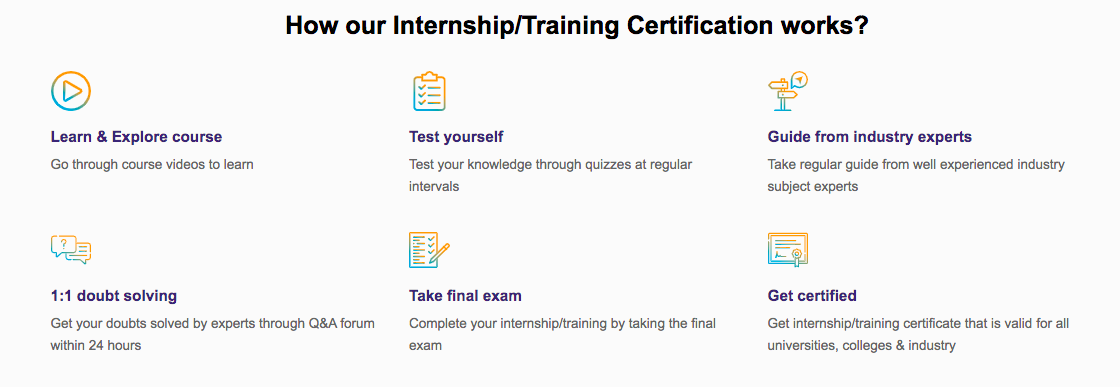
What does Malaysian education System have that Indian don’t?
1) Presence of foreign universities
Malaysia has allowed a range of universities from the US, UK and Australia to setup branch campuses there which forces Malaysian universities to compete with and learn from best of breed global education providers. This also allows international students to study the same courses they would get from these western countries at a fraction of the cost. The entry of international players in most industry sectors tends to force local firms to upgrade themselves to compete which greatly benefits local consumers. India needs to make efforts to attract global universities into this country, so Indian students can access best of breed pedagogy without having to go abroad.
2) Qualification frameworks
India has a range of regulatory bodies like UGC, AICTE, NAAC, AIU etc which do not coordinate with each other & sometimes work at cross purposes. India does not have wide ranging agreements with other countries to automatically recognize their qualifications. Anyone with a foreign degree has to apply to AIU to get official recognition in India on a case by case basis. India still has not provided pathways for students in vocational courses (like Beauty & Wellness) to gain admission in academic Master’s degrees.
Malaysia has a single Malaysian Qualification Framework (MQF) modelled on European standards that clarifies all academic and vocational education levels in the form of qualifications which are linked to learning outcomes. This allows vocational & academic students to take whatever courses they need in any field and allows international students to have their Malaysian qualifications recognized in their home countries. There is also an accreditation of prior learning system where a student who has not completed her junior college education and has worked for a few years, can enter into higher level academic courses by getting credits for the work they have done.
3) Teaching Methods
The majority of Indian colleges still use outdated pedagogy where information is imparted via lectures and textbooks and assessed through exams. The outcome of this rote memorization driven approach is that the majority of students do not have the skills needed by industry when they graduate.
Top Courses in Software Engineering
Malaysia has adopted a system of iCGPA (Integrated Cumulative Grade Point Average) which assesses students across eight types of learning outcomes including knowledge, social responsibility, communications, leadership and teamwork, problem solving skills, entrepreneurial skills, as well as values and ethics. They have encouraged colleges to integrate with companies which has allowed initiatives like the 2u2i program where students spend 55% of their 4 year degree program working on company projects. They also have programs where company CEOs can come as visiting faculty in colleges and where students are given structured industry live projects. Colleges have also adopted flexible curriculum, modular classrooms and 21st century pedagogy such as heutagogy (self-based learning), paragogy (peer-oriented learning) and cybergogy (virtual-based learning). The outcome of this approach is that graduates have all the skills they need to succeed in the 21st century workplace.
The key point to understand is that it is very easy for India to adopt some of these best practices from Malaysian education. There are no additional budgetary requirements needed, just the political will to make real changes in India’s regulatory environment.
Empower your team. Lead the industry
Get a subscription to a library of online courses and digital learning tools for your organization with EasyShiksha
Request NowQ. Are EasyShiksha's internships truly free?
Yes, all internships offered by EasyShiksha are completely free of charge.
Q. How can I apply for an internship with EasyShiksha?
You can apply by visiting our website, browsing available internships, and following the application instructions provided.
Q. What types of internships are available through EasyShiksha?
EasyShiksha offers a wide range of internships across technology, business, marketing, healthcare, and more. Opportunities are continuously updated.
Q. Will I receive a certificate upon completing an internship?
Yes, upon successful completion, you will receive a certificate recognizing your participation and achievements.
Q. Are EasyShiksha's internship certificates recognized by universities and employers?
Yes, the certificates are recognized by universities, colleges, and employers worldwide.
Q. Is the download of certificates free or paid?
Access to internships and courses is free, but there is a small fee to download certificates, covering administrative costs.
Q. When can I start the course?
You can choose any course and start immediately without delay.
Q. What are the course and session timings?
These are fully online courses. You can learn at any time and pace. We recommend following a routine, but it depends on your schedule.
Q. What will happen when my course is over?
After completion, you will have lifetime access to the course for future reference.
Q. Can I download the notes and study material?
Yes, you can access and download course materials and have lifetime access for future reference.
Q. What software/tools would be needed for the course?
All necessary software/tools will be shared during the training as needed.
Q. I’m unable to make a payment. What should I do?
Try using a different card or account. If the problem persists, email us at info@easyshiksha.com.
Q. Do I get the certificate in hard copy?
No, only a soft copy is provided, which can be downloaded and printed if required.
Q. The payment got deducted but shows “failed”. What to do?
Technical errors may cause this. The deducted amount will be returned to your account in 7-10 working days.
Q. Payment was successful but dashboard shows ‘Buy Now’?
Sometimes payment reflection is delayed. If it takes longer than 30 minutes, email info@easyshiksha.com with the payment screenshot.
Q. What is the refund policy?
If you face technical issues, you can request a refund. No refunds are issued once the certificate has been generated.
Q. Can I enroll in a single course?
Yes, select the course of interest, fill in the details, make payment, and start learning. You will also earn a certificate.
Q. My questions are not listed above. I need further help.
Contact us at info@easyshiksha.com for further assistance.
For information related to technology, visit HawksCode and EasyShiksha
ALSO READ: 5-startups-backed-by-india-accelerator-raise-around
Get Course: After-Effects-Your-Complete-Beginner-to-Advanced-Class
